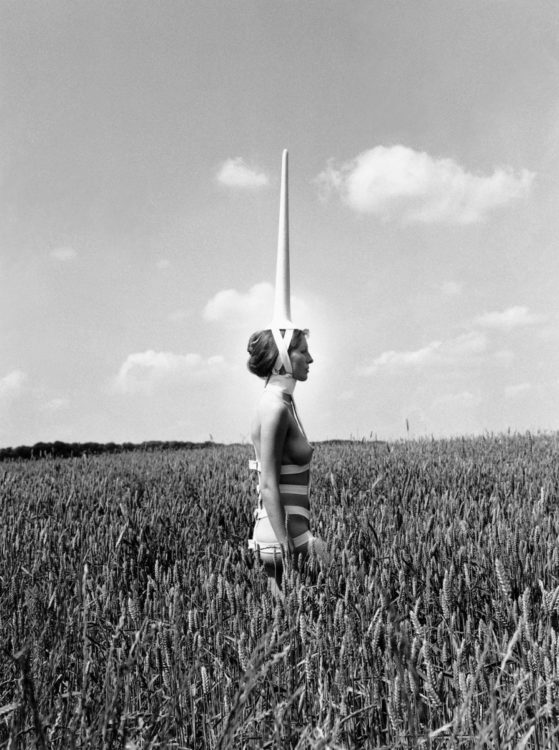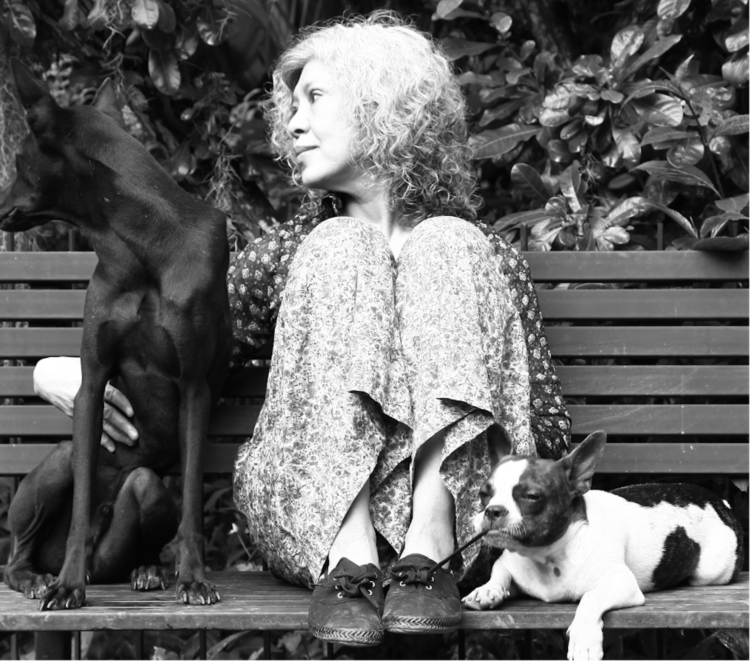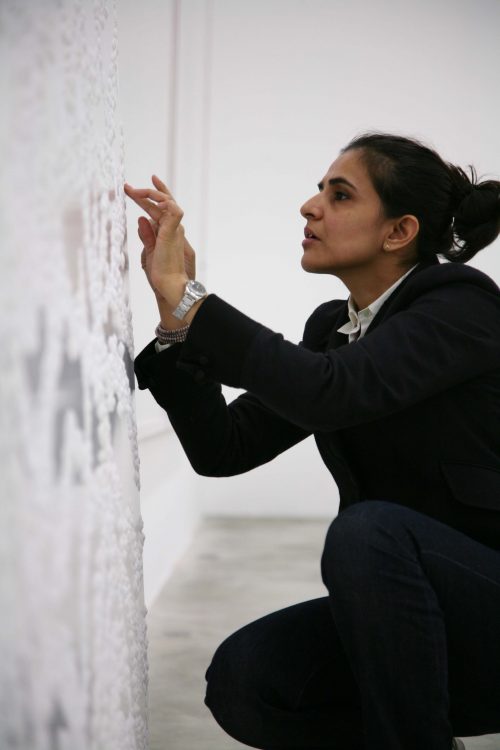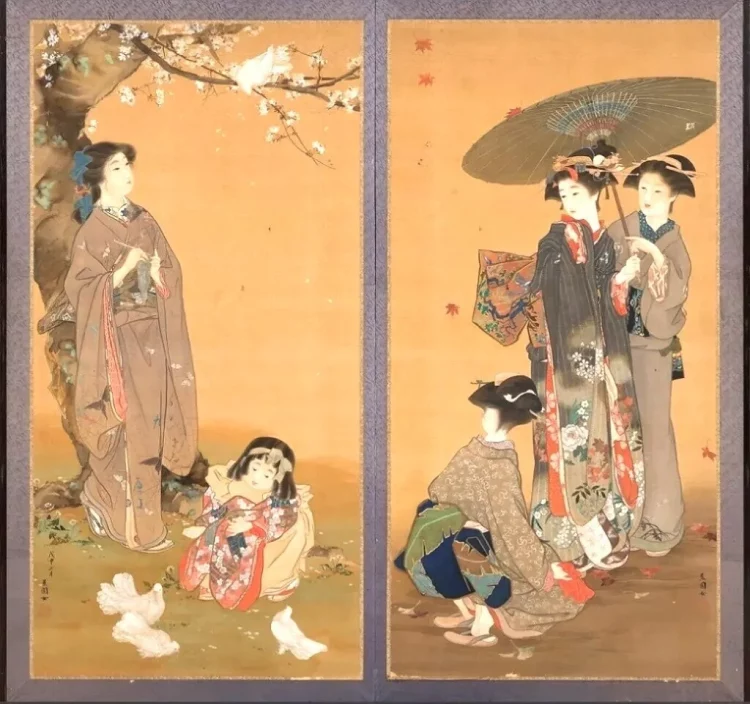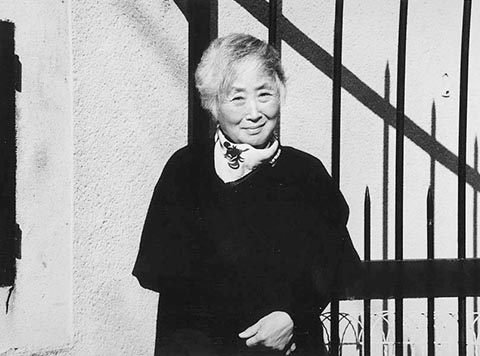Chiharu Shiota
Kim Sunhee, “Between Us”, Shiota Chiharu, Gana Art Center/Gana Art Nineone, Seoul, South Korea, 2020
→Kataoka, Mami, “Death = Questioning the Roots of Life : Chiharu Shiota’s Cosmogony”, Chiharu Shiota Exhibition : the soul shakes, Tokyo, Bijutsu Shuppansha / Mori Art Museum, 2019
→Akiko Kasuya, “Dream Work – Chiharu Shiota”, Chiharu Shiota : Breathing the Spirit, The National Museum of Art, Osaka, 2008
The Soul Trembles, Mori Art Museum, Tokyo, Japan, 20 June – 17 October 2019; Museum of Art, Busan, 17 December 2019 – 19 April 2020; Fine Arts Museum, Taipei, 1 May 2021 – 17 October 2021; Long Museum, Shanghai, 19 December 2021 – 6 March 2022; Gallery of Modern Art, Brisbane, 18 June 2022 – 3 October 2022; Museum MACAN, Jakarta, 26 November 2022 ; 30 April 2023 ; Art Museum, Shenzhen, 7 November 2023 – 14 January 2024; Grand Palais, Paris, 11 December 2024 – 19 mars 2025
→Chiharu Shiota: Tracing Boundaries, EMMA, Espoo Museum of Modern Art, Espoo, 27 October 2021 – 27 November 2022
→Chiharu Shiota: The Key in the Hand, Japan Pavilion, 56th Venice Biennale, Venice, Italy, 2015
Japanese visual artist.
Graduated from the Faculty of Art at Kyoto Seika University with a major in Western painting. While still enrolled there, Shiota studied at the Faculty of Fine Arts of the Australian National University in 1994, where she started producing performance and installation works that developed out of her painting. In 1996 she moved to Germany. After studying at the Kunsthochschule Hamburg, she studied under Marina Abramović (née 1946) at the Hochschule für Bildende Künste, Braunschweig, and then under Rebecca Horn (1944-2024) at the Berlin University of the Arts. In 2015, she represented Japan at the 56th Venice Biennale, where her presentation The Key in the Hand, consisting of two boats and 180,000 keys connected by red thread, forged her international reputation as an “installation artist working with thread.” Her solo exhibition first presented at the Mori Art Museum in 2019, Shiota Chiharu: The Soul Trembles, has traveled to seven museums in the world until 2025, establishing Shiota’s multi-dimensional practice and reputation at an international level.. She received the Minister of Education, Culture, Sports, Science, and Technology’s Art Encouragement Prize for New Artists, Japan in 2008, and the 61st Mainichi Art Award in 2020.
Shiota first realized that she wanted to become an artist at the age of 12. Given that her family ran a business manufacturing fish boxes, she sought out spirituality rather than material fulfillment. Since her student days, she has questioned the fundamental concepts of life, death, and the meaning of existence, putting on exhibitions that use materials such as ashes and umbilical cords to express life and its cycles. When she was 19 years old, she saw the Magdalena Abakanowicz (1930-2017) exhibition at the Museum of Modern Art, Shiga Prefecture, was struck by the intense energy and vitality of the work, and made the decision to study abroad. The sense of “presence within absence” has been a theme she has consistently explored to this day.
In the early stages of her career, she created performances such as Becoming Painting (1994), Try and Go Home(1997), and Bathroom (1999), in which she used her own body to question its existence. At the same time, Shiota began to create installations where huge dresses were hung, such as After That (1996), which questioned the meaning of existence through the absence of the body. At the 1st Yokohama Triennale, the first large-scale international exhibition in which she participated, Shiota made a strong debut with an installation in which 13-meter-long dresses stained with mud were suspended from a high ceiling while water continuously poured down on them. These dresses, as “second skins,” have since remained one of Shiota’s main motifs. The fact that she was forced to question her own identity in multinational and multicultural Germany, and the fact that she experienced firsthand the political and social history of Berlin, where she has been based since 1997, also had an important meaning for her practice.
Shiota’s thread installations, which have become synonymous with her work, date from when she first started stringing threads around her own bedroom, which led to her bed installation in 1999. The bed is a place to sleep at the end of each day, a place to dream, and a place to wake up. It is also the place where one comes into this world from the mother’s womb, and it can also be a deathbed. This ambivalent space that connects reality and the dream world, or this world and the next, highlights the notion of “presence within absence.” On the other hand, these thread installations that respond to the scale and history of the spaces of various regions and territories are also representations of worldviews that connect Shiota’s own body with the grandeur of cosmic space and imaginary worlds. The black threads create jet-black spaces, inviting us out of the world of dreams and into the darkness of the cosmic abyss. The red threads are symbols of the microcosms of blood and blood vessels circulating in the body. They also literally visualize the invisible connections and bonds between human beings.
Shiota’s own experiences of childbirth, miscarriage, death in the family, cancer and its recurrence, as well as the accumulated experiences surrounding her artistic practice, imbue her work, which deals with fundamental themes, with a keen sensibility and intensity. Moving forward, Shiota will no doubt continue to be driven by this energy for creation that originates from the depths of her body and soul, while she persistently explores this theme of “presence within absence.”
A biography produced as part of the “Women Artists in Japan: 19th – 21st century” programme
© Archives of Women Artists, Research and Exhibitions, 2024























